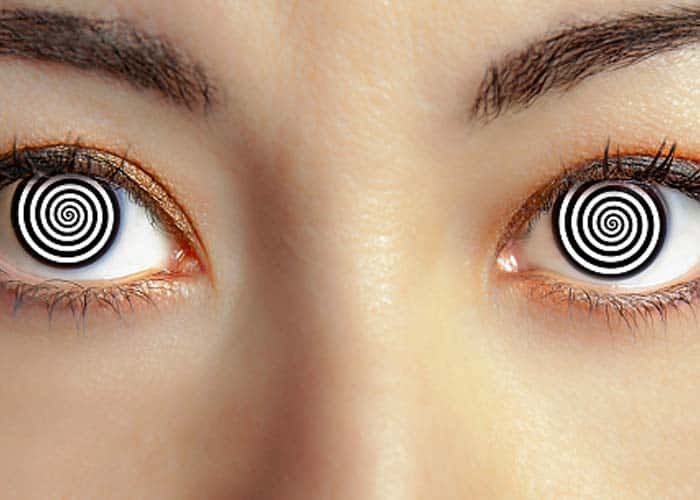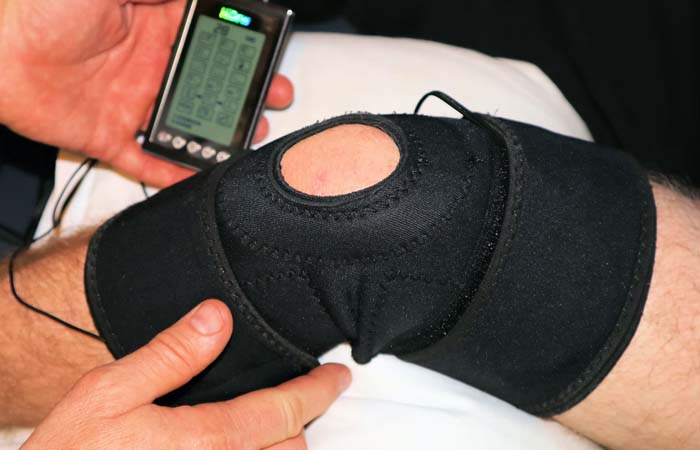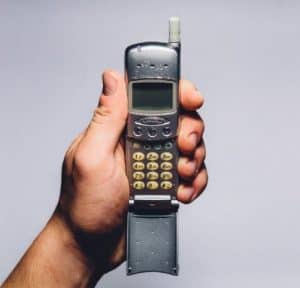There seems to be a shroud of mysticism surrounding hypnosis; I guess some of this comes from witnessing stage acts that are, at best, questionable.
However, Hypnosis is very real and works for millions of people every day.
It is not possible to hypnotize someone to sleep without them knowing, as hypnosis requires the subject to be aware and responsive to the hypnotist’s suggestions. Hypnosis is a state of relaxation and focused attention that is induced by a hypnotist, and it requires the subject to be able to follow the hypnotist’s suggestions and communicate with them.
In addition, it is generally not ethical or appropriate to try to hypnotize someone without their knowledge or consent. Hypnosis can be a powerful tool for making positive changes in one’s life, but it should only be used with the full understanding and cooperation of the subject.
If you are interested in hypnosis, it is best to work with a trained hypnotherapist or hypnotist who can guide you through the process and help you achieve the desired state of relaxation and focused attention.
Can You Be Hypnotized To Sleep?
The answer is a resounding yes, but if you think a hypnotist can walk up to someone and simply click his fingers, then you will be disappointed.
Hypnosis is more than first meets the eye. Have you ever been hypnotized? You will have noticed that the surroundings are generally neutral tones and soft furnishings or things that may appear to be familiar to us.
In a situation where you feel safe and secure, the process of being hypnotized to sleep can be a simple task of suggestion and leading you gently by hand down a wonderful calm path.
How to hypnotize someone to sleep instantly
It is not possible to hypnotize someone to sleep instantly, as hypnosis requires the subject to be alert and responsive to the hypnotist’s suggestions. Hypnosis is a state of relaxation and focused attention that is induced by a hypnotist, and it requires the subject to be able to follow the hypnotist’s suggestions and communicate with them.
In addition, it is not appropriate or ethical to try to hypnotize someone for the sole purpose of putting them to sleep. Hypnosis can be a powerful tool for making positive changes in one’s life, but it should only be used with the full understanding and cooperation of the subject.
If you are having difficulty sleeping, there are other strategies you can try, such as establishing a consistent sleep schedule, creating a relaxing bedtime routine, avoiding caffeine and alcohol close to bedtime, and creating a comfortable sleep environment. If you are still having trouble sleeping, it may be a good idea to talk to a healthcare professional or a mental health professional for further evaluation and guidance. They can help you identify and address any underlying issues that may be affecting your sleep.
How Do You Hypnotize Someone To Sleep?
There is one evident trait or thread that connects hypnotists. You know very little about their personality and lifestyle. This is called congruence and is an essential factor.
The less you know about your hypnotist, the better. Of course, you know his name, he has a lovely home, and they are enjoyable.
This distance, if you like, is all part of the journey. If you were to sit opposite a hypnotist on a long train journey, he undoubtedly could put you into a state of relaxed sleep. Why?
Because the whole picture is geared up to relaxing. If you are on a long train journey, you are not worrying about your destination and when you need to get off the train.
The rumble of the train over the tracks sets us up to drift off daydreaming or just stare aimlessly out of the window, watching the countryside fly past.
In this situation, a soft, reassuring voice could lead you down the pathway to a relaxed sleep.
Don’t worry. A hypnotist would never ask you to stand on one leg and cluck like a chicken, and if he did, I doubt if sleep hypnosis would make you feel open to any command given.
Can you hypnotize someone when they are sleeping
It is generally not possible to hypnotize someone while they are sleeping, as hypnosis requires the subject to be alert and responsive. Hypnosis is a state of relaxation and focused attention that is induced by a hypnotist, and it requires the subject to be able to follow the hypnotist’s suggestions and communicate with them.
However, it is possible for people to experience a form of hypnosis while they are in a state of deep relaxation, such as during meditation or yoga. In these cases, the person is not fully asleep, but they are in a state of relaxation that is similar to hypnosis.
If you are interested in hypnosis, it is best to work with a trained hypnotherapist or hypnotist who can guide you through the process and help you achieve the desired state of relaxation and focused attention.
How Do You Hypnotize Someone?
The hypnotist typically has a presence around him, and in many ways, it’s this presence that can do the majority of the work. More than 90% of communication is nonverbal!
If the hypnotist waivers for one-second hypnosis will not work.
Hypnosis, when done covertly, is more than one element, as we all respond differently to different stimuli. For example, some folks are very visual while others are auditory, while others may need to feel something like the brush of a hand or feel some emotion.
However, once you are relaxed, the hypnosis process is surprisingly easy. Create a picture for someone and take them on a journey while they are relaxing more profound and deeper. Their mind is full of the hypnotist’s suggestions only.
When Does Hypnosis Not Work?
If you are not relaxed, then the hypnotist can suggest whatever he deems fit and you will not sleep.
If you are in a state of excitement, hypnosis will never work unless some guru has a magical spell to make you sleep.
Being excited is not part of the picture needed when being hypnotized.
It is hard to hypnotize someone whose brain is racing, and they speak very fast in bursts like a submachine gun.
How Do You Hypnotize Someone To Do What You Want Them To Do?
Setting the scene that is conducive to sleep is important, dimmed lights, the correct temperature and comfortable surroundings that make us feel secure.
Clearing the thought of a person is tricky and can only be achieved with a certain cadence to the voice. Tonality is also an important factor, a shrill voice would make you alert.
Once you have entered the first stage of hypnosis you can hear and sense most things around you and the slightest bump or knock will snap you out of this state.
Deepening Hypnosis
You can lead the person into a deeper sleep by taking them further on the journey, describing sensations and emotional feelings that they should be feeling.
At this point, you can pretty much make the person do whatever you ask within reason. You can suggest a time they wake or give them other visual cues to help bring them gently out of deep sleep.
There are many techniques that can be used.
A Therapeutic Setting
Let’s not assume that all covert hypnosis has sinister undertones. A therapist may induce sleep without telling you to delve into some other issue that is deep-rooted and keeps you from living the very best life.
In cases like this shapes and objects are described and associated with different feelings and emotions that run on a subconscious level.
The human mind is only capable of tracking around 6 items of thought and short memory is staggeringly short at something like 30 seconds. So being hypnotized can require multiple sessions to achieve our goals.
Should You Worry About Being Hypnotized Unknowingly?
I can recall seeing one report or any evidence that this practice happens outside of a clinical setting and to that end I think it is unlikely that a professional hypnotist is going to covertly send you to sleep for any nefarious reasons.








 All joints require lubrication.
All joints require lubrication.













 So, it’s not just a simple neck pain after all!
So, it’s not just a simple neck pain after all!